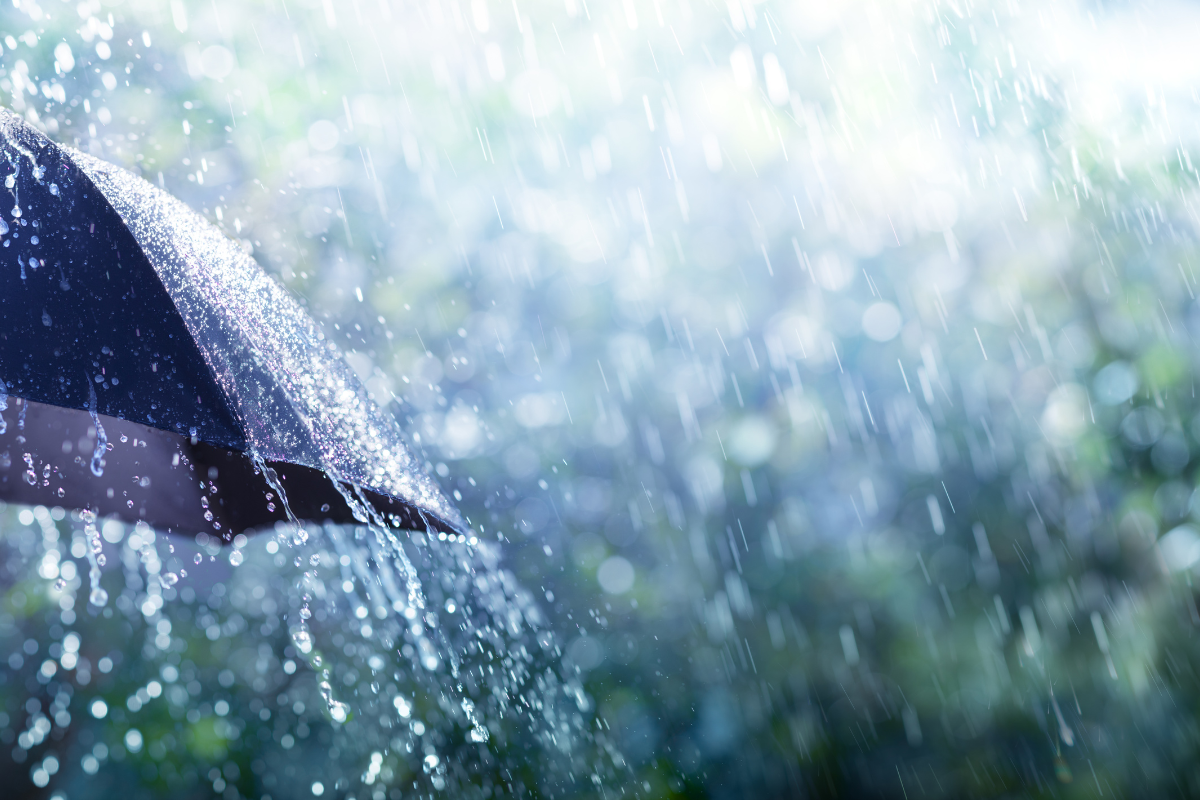
Most drivers know that bad weather means an increased chance of car accidents. Adverse weather conditions make driving more challenging and come with the risk of losing control of a vehicle. Unfortunately, some drivers fail to adapt their driving behaviors to the challenges of bad weather, which can lead to a devastating crash.
If you suffered injuries in a crash in bad weather, let a Duluth weather-related car crash attorney from Brauns Law Accident Injury Lawyers, PC help you seek compensation for your harm and loss.
Our firm can handle all the legal details so you can focus on fully recovering from your injuries. We provide every client with the compassionate, dedicated service they deserve. Let us deal with the insurance companies and fight for the financial recovery you need. You can trust us to aggressively pursue all avenues of compensation to help you obtain maximum financial relief for your injuries and losses as quickly as possible.
If you’ve been in an accident during adverse weather conditions in Duluth, Georgia, you may have the right to seek compensation from an at-fault driver or other liable parties. Contact Brauns Law Accident Injury Lawyers, PC for a free initial case review with an experienced Georgia car accident attorney. We are ready to analyze your situation and explain your legal options for pursuing compensation.
How Bad Weather Results in Auto Accidents
Bad weather can create conditions that lead to auto accidents if motorists fail to adapt their behavior to the conditions. Adverse weather conditions can make it more challenging for drivers to keep control of their vehicles. Dangerous conditions require motorists to drive more carefully to avoid collisions, including slowing down, increasing following distances, and using vehicle lights to make cars more visible to other drivers.
Adverse weather, such as precipitation, fog, or heavy winds, can cause drivers to lose control of their vehicles and veer out of their lanes or off the road. That can result in single-vehicle crashes into medians or the side of the road or multi-vehicle collisions.
Weather can also increase the risk that negligent or reckless driving will cause a crash. A driver who goes too fast or swerves through traffic on slick roads has a greater chance of losing control of their vehicle and crashing. Speeding or tailgating also comes with a high risk of rear-end collisions on slippery roads because vehicles need longer distances to stop under these conditions. Heavy precipitation or fog can reduce visibility, making tailgating or failing to use signals and other vehicle lights extremely dangerous.
Statewide Weather-Related Car Accident Statistics
According to the Federal Highway Administration (FHA), approximately 21 percent of all road accidents nationwide, accounting for more than a million crashes, occur due at least partly to inclement weather conditions. The FHA defines a weather-related accident as crashes in adverse weather conditions or on wet, icy, slushy, or snowy pavement.
Over 400,000 people suffer injuries in weather-related accidents annually, while approximately 5,000 fatalities occur in weather-related motor vehicle crashes, according to the FHA data.
Around 70 percent of weather-related accidents occur on wet pavement, with approximately 46 percent occurring during active rainfall. About 18 percent of weather-related accidents occur during falling snow or sleet, with 16 percent occurring on snowy pavement and 13 percent on icy pavement. Approximately 3 percent of accidents occur during foggy conditions.
Weather-related accidents account for approximately 15 percent of fatal crashes, 19 percent of injury crashes, and 22 percent of property damage-only crashes.
Common Types of Weather-Related Car Crashes
Various kinds of adverse weather conditions can contribute to car accidents, including:
- Rain
- Hail
- Sleet
- Snow
- Freezing rain and black ice
- Fog
- High winds
Inclement weather conditions require drivers to adjust their driving behaviors to adapt to more challenging driving conditions, such as reduced visibility or slick pavement. Drivers who engage in careless or reckless actions in dangerous conditions put themselves and others at increased risk of a devastating car crash.
Common driver behaviors that can lead to weather-related crashes include:
- Speeding or driving too fast for conditions
- Tailgating or following too closely
- Reckless driving, including excessive speeding or swerving through traffic
- Failing to yield the right-of-way
- Failing to turn on low-beam headlights or, when necessary, hazard lights
- Failing to use signals before turning or changing lanes
- Running red lights or stop signs
- Distracted driving
- Drowsy or fatigued driving
- Driving under the influence of alcohol or drugs
- Inadequate vehicle maintenance, including failing to maintain tires, brakes, or windshield wipers
Types of Injuries Resulting from Weather-Related Collisions
Weather-related car accidents can result in violent impacts that cause vehicle occupants to suffer life-altering injuries. Examples of injuries that may occur in weather-related collisions include:
- Severe lacerations or abrasions
- Burns and smoke inhalation injuries from post-crash vehicle fires
- Dislocated joints
- Ligament sprains and tears
- Muscle and tendon strains and tears
- Whiplash
- Nerve damage
- Herniated spinal disc injuries
- Internal organ injuries and internal bleeding
- Broken bones
- Spinal cord injuries and paralysis
- Facial and head injuries
- Traumatic brain injuries (TBIs)
- Traumatic amputation and limb loss
Who Is Liable for an Auto Accident Caused by Bad Weather in Georgia?
Liability for a car accident in bad weather may depend on the circumstances leading up to the crash. When a motorist drives unsafely for the weather and road conditions, that driver may bear liability for an accident caused by their negligence or recklessness. For example, a driver who speeds or drives too fast for the weather or road conditions may bear responsibility for causing a crash.
A driver or vehicle owner may also bear liability for an auto accident due to inadequate maintenance that makes a vehicle unsafe to drive in adverse weather conditions. For example, a motorist driving a car on bald tires may be liable for an accident when the motorist skids out of control on wet or icy roads.
You might also ask yourself, “Does car insurance cover weather-related accidents?” Depending on the coverage available in your policy, you may have the option of filing weather-related car accident insurance claims. For example, if you’ve purchased optional MedPay coverage, you can file a claim to be compensated for some of the medical expenses you incur to treat your injuries. MedPay coverage is available regardless of who is at fault for the crash.
Similarly, you can obtain financial compensation for vehicle repair expenses or reimbursement for the value of your totaled car if you purchased optional collision or comprehensive coverage. You should review your auto insurance policy after a weather-related car crash to confirm whether your policy covers the accident.
How To Prevent Weather-Related Car Crashes
Georgia drivers should familiarize themselves with tips and strategies to drive safely in the various adverse weather conditions in North Georgia, including heavy rain, fog, high winds, and occasionally snow and ice. Some of the ways drivers can reduce their chances of getting into weather-related car crashes include:
- Slowing down – Vehicles become more challenging to control on slick road surfaces. You should drive more slowly under these conditions than you would in ideal conditions to decrease your chances of skidding out of control.
- Increasing your following distance – Leave extra room between yourself and the vehicle ahead of you. Your car will need a longer distance to stop on slippery road surfaces if the vehicle in front of you suddenly slows down or stops. It may take longer to notice when the car ahead brakes in low-visibility conditions.
- Avoid driving on flooded or barricaded roads – Even a foot of rushing water can sweep away passenger vehicles, while high-standing water can cause cars to stall. Puddles of standing water on the road also pose a hydroplaning hazard. Hydroplaning occurs when a pool of water causes a tire to lose contact with the road.
- Making a plan – Know the route you want to take and identify alternative routes if roads shut down or become clogged with traffic. Give yourself extra time to reach your destination to avoid needing to speed or drive aggressively to make it on time.
- Maintaining your vehicle – Perform all manufacturer-recommended maintenance for your vehicle. Replace the tires, brakes, and wipers when they wear down. Ensure your vehicle has antifreeze and wiper fluid.
- Using your lights – Use your turn signals well before making turns or lane changes to ensure other drivers know your intentions. Remember to turn on your low-beam headlights in precipitation or fog, even during the middle of the day. Do not use your high beams, as they can blind other drivers in precipitation or fog. When conditions force you to drive extremely slowly, turn on your hazard lights to alert other drivers.













